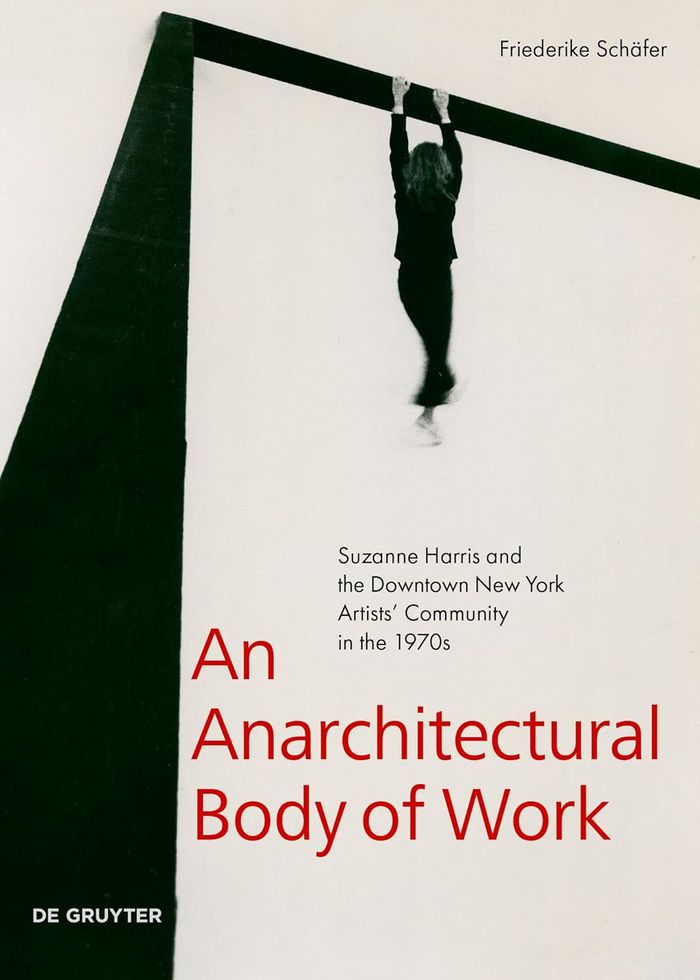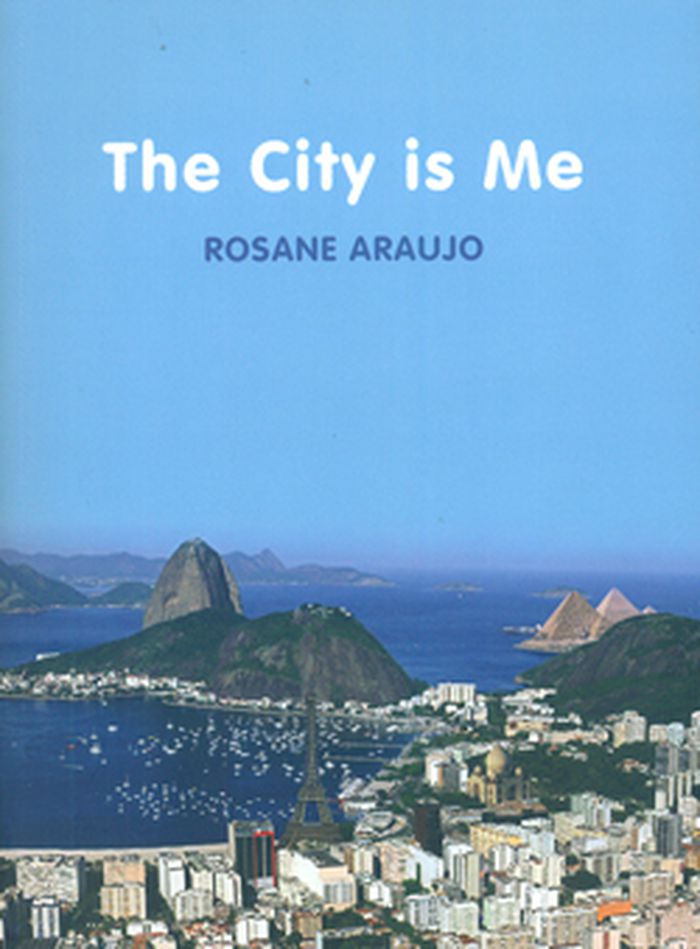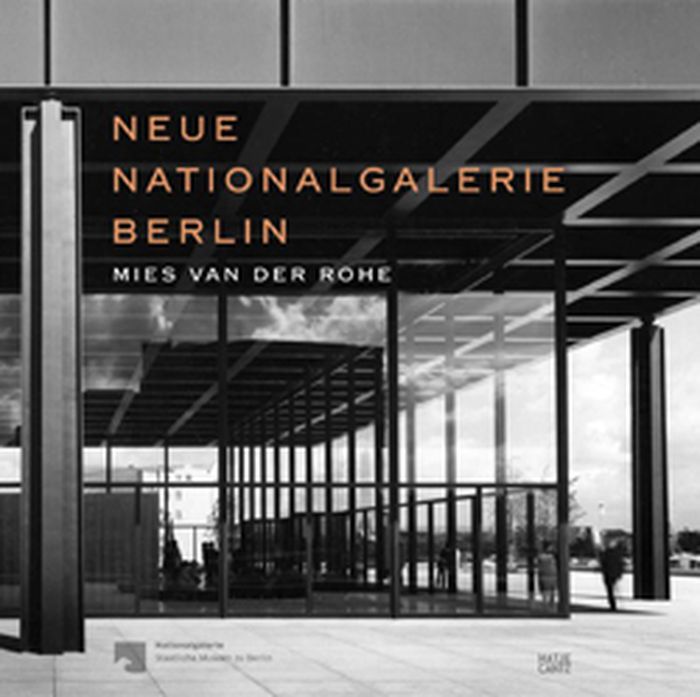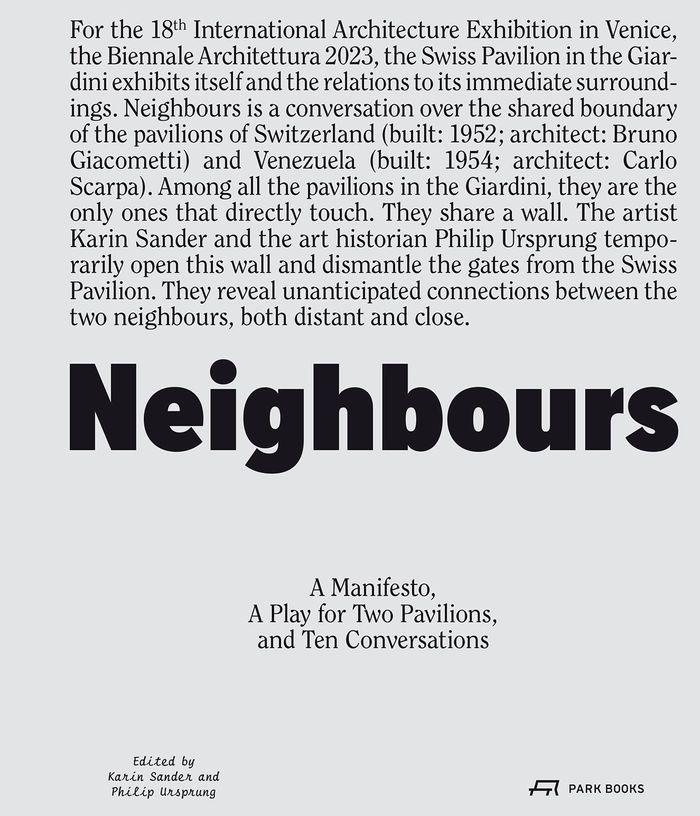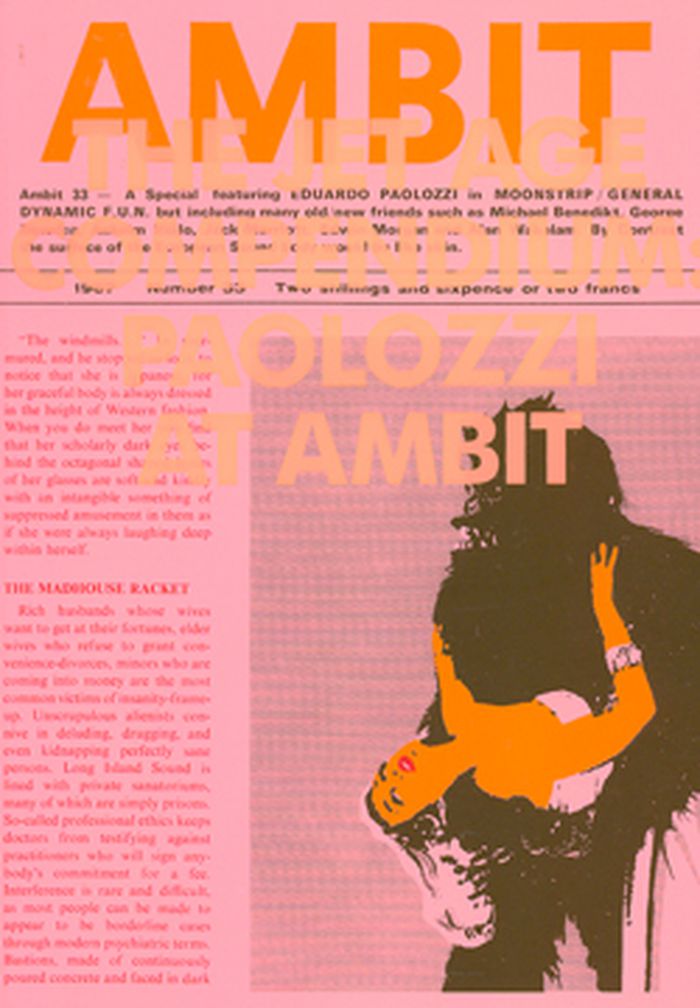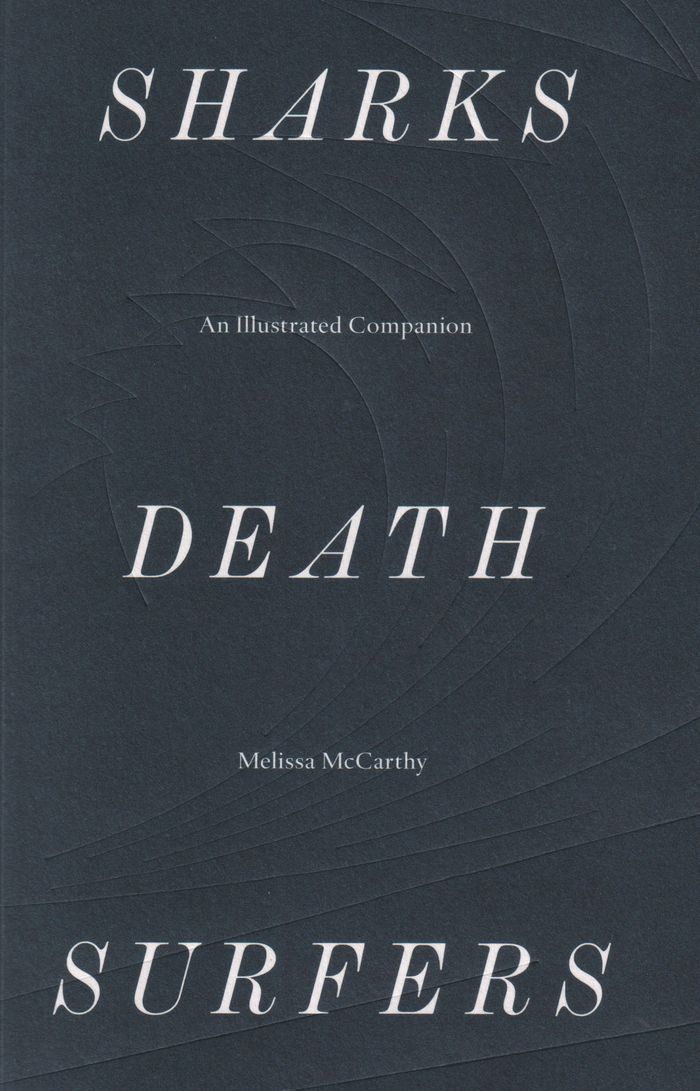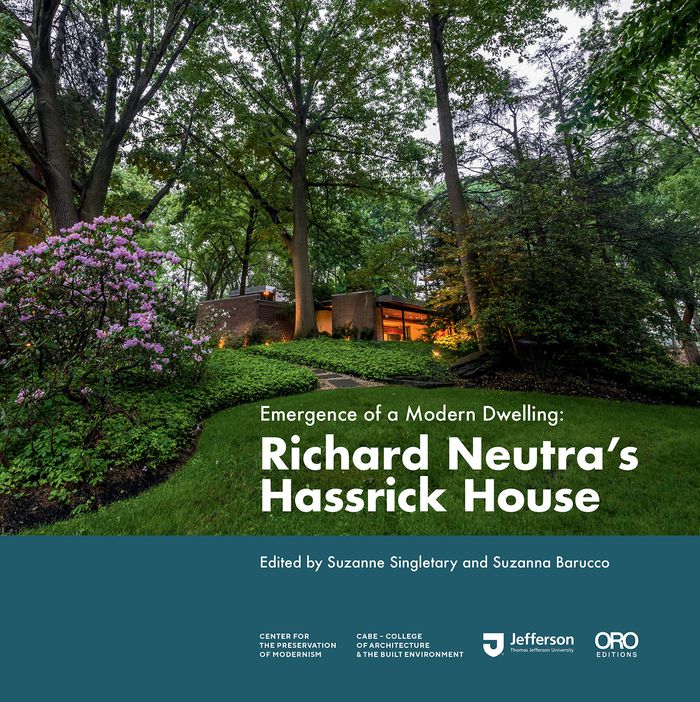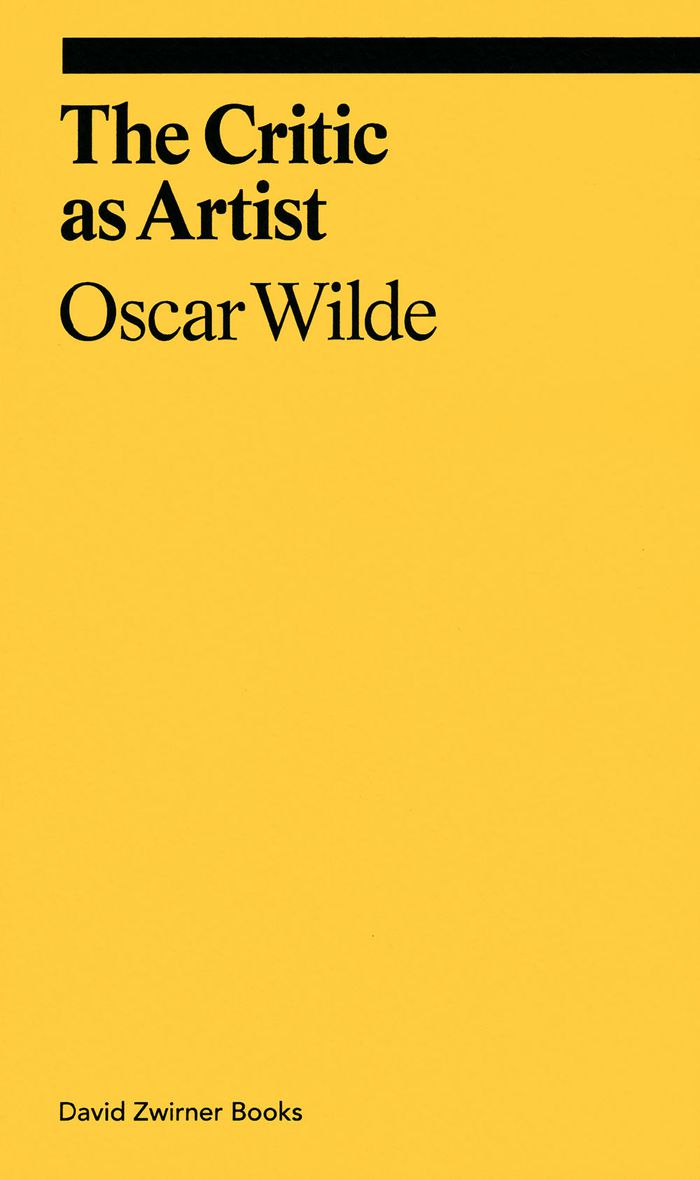David Adjaye Adam Pendleton
$82.00
(disponible sur commande)
Résumé:
This new volume, designed in collaboration with American artist Adam Pendleton (born 1984) and Ghanaian British artist and architect David Adjaye (born 1966), explores the blurred boundary between art and architecture. Featuring new silkscreen canvases by Pendleton and marble sculptures by Adjaye, this publication brings the artists and their works into conversation. The(...)
David Adjaye Adam Pendleton
Actions:
Prix:
$82.00
(disponible sur commande)
Résumé:
This new volume, designed in collaboration with American artist Adam Pendleton (born 1984) and Ghanaian British artist and architect David Adjaye (born 1966), explores the blurred boundary between art and architecture. Featuring new silkscreen canvases by Pendleton and marble sculptures by Adjaye, this publication brings the artists and their works into conversation. The two collaborators discuss their respective practices and their process of working together on the creation of the exhibition at Pace, as well as notions of history, language, abstraction and space- whether architectonic or on canvas- and how these themes involve and reveal themselves in their work. Images of finished artworks are interspersed with photographs of their production, giving a behind-the-scenes look at process, from the quarrying, cutting and polishing of marble for Adjaye’s works to the meeting of ink and canvas in Pendleton’s studio.
$105.00
(disponible en magasin)
Résumé:
This is the first book on the boundary-pushing practice of the artist, dancer, and educator Suzanne Harris (1940–1979). Harris was a protagonist in key avant-garde projects of the downtown New York City artists’ community in the 1970s (the Anarchitecture group, 112 Greene Street, FOOD, The Natural History of the American Dancer, Heresies); yet her own oeuvre fell into(...)
An anarchitectural body of work: Suzanne Harris and the downtown New York artists' community in the 1970s
Actions:
Prix:
$105.00
(disponible en magasin)
Résumé:
This is the first book on the boundary-pushing practice of the artist, dancer, and educator Suzanne Harris (1940–1979). Harris was a protagonist in key avant-garde projects of the downtown New York City artists’ community in the 1970s (the Anarchitecture group, 112 Greene Street, FOOD, The Natural History of the American Dancer, Heresies); yet her own oeuvre fell into abeyance. Harris’ postminimalist work broke the mold of art categories, (feminist) art practices, art spaces, and the common notion of space. By transcending sculpture and dance, she created ephemeral, site-specific installations, which she conceived as body-oriented choreographic situations. Her approach of sensory awareness led to a holistic philosophy of space, which again is paradigmatic for a materialist approach to (social) space that emerged in the arts at the time.
The city is me
$55.00
(disponible sur commande)
Résumé:
Proposing a new way of understanding the relationship between the city and personal identity, The City is Me argues that there is no longer a distance between the two. The result of extensive research about our notions of the city and the person throughout time, this volume explores the technology, research findings, and new ideas that have made it impossible to sustain(...)
The city is me
Actions:
Prix:
$55.00
(disponible sur commande)
Résumé:
Proposing a new way of understanding the relationship between the city and personal identity, The City is Me argues that there is no longer a distance between the two. The result of extensive research about our notions of the city and the person throughout time, this volume explores the technology, research findings, and new ideas that have made it impossible to sustain conceptions of the city that are based on the criterion of a boundary. Showing how this shift mirrors the decentralization and fragmentation of personal identity in a globalized world, Rosane Araujo confronts the challenge of rethinking urbanism in a way that corresponds to the risk and uncertainty--but also to the possibilities--of today's cities.
Théorie de l’urbanisme
$30.00
(disponible sur commande)
Résumé:
The Neue Nationalgalerie in Berlin is not only a museum but also an architectural milestone. The last building of the great German architect Ludwig Mies van der Rohe (1886-1969 is widely considered one of the most perfect statements of his aesthetic, with its monumental steel columns and cantilevered roof with glass enclosure. The Neue Nationalgalerie is especially famous(...)
Mies van der Rohe: Neue Nationalgalerie Berlin
Actions:
Prix:
$30.00
(disponible sur commande)
Résumé:
The Neue Nationalgalerie in Berlin is not only a museum but also an architectural milestone. The last building of the great German architect Ludwig Mies van der Rohe (1886-1969 is widely considered one of the most perfect statements of his aesthetic, with its monumental steel columns and cantilevered roof with glass enclosure. The Neue Nationalgalerie is especially famous for its 50 x 50-meter hall. There is no other van der Rohe structure in which the boundary between inside and outside is as porous as in this famous hall. This publication presents the building from today's perspectives, but also features historical photographs taken during the construction period, the building's opening in 1968 and the spectacular early exhibitions that took place there.
Architecture, monographies
Neighbors: A manifesto. A play for two pavillions and ten conversations. Venice Architecture Biennal
$49.95
(disponible sur commande)
Résumé:
The Swiss Pavilion at the 18th International Architecture Exhibition of the Venice Biennale exhibits itself and the relations to its immediate surroundings. The exhibition is a conversation over the shared boundary of the pavilions of Switzerland (1952, designed by Bruno Giacometti) and Venezuela (1954, designed by Carlo Scarpa), the only two in the Giardini not fully(...)
Neighbors: A manifesto. A play for two pavillions and ten conversations. Venice Architecture Biennal
Actions:
Prix:
$49.95
(disponible sur commande)
Résumé:
The Swiss Pavilion at the 18th International Architecture Exhibition of the Venice Biennale exhibits itself and the relations to its immediate surroundings. The exhibition is a conversation over the shared boundary of the pavilions of Switzerland (1952, designed by Bruno Giacometti) and Venezuela (1954, designed by Carlo Scarpa), the only two in the Giardini not fully detached: they share one wall. Artist Karin Sander and art historian Philip Ursprung temporarily open this wall and dismantle the gates from the Swiss Pavilion, thus revealing unanticipated connections between the two neighbors, both distant and close. The complementing book offers a manifesto, a play with the two buildings as dramatis personae, and three brief topical essays. Ten conversations with architectural historian Kurt W. Forster, photographers Paolo Gasparini and Guido Giudi, and Venezuelan architects Elisa Silva and Margarita López-Maya round off this volume.
Biennale
$24.00
(disponible sur commande)
Résumé:
From 1967, up until his death, Eduardo Paolozzi was involved with the innovative British literary magazine Ambit, using its pages as a space for some of his most experimental and innovative creations, pushing at the boundary between text and image. Collages, visual essays and fragments from novels, drawing on pop culture images from newspapers, magazines and(...)
The jet-age compendium : Paolozzi at Ambit
Actions:
Prix:
$24.00
(disponible sur commande)
Résumé:
From 1967, up until his death, Eduardo Paolozzi was involved with the innovative British literary magazine Ambit, using its pages as a space for some of his most experimental and innovative creations, pushing at the boundary between text and image. Collages, visual essays and fragments from novels, drawing on pop culture images from newspapers, magazines and advertisements. Reprinted in their entirety for the first time, Paolozzi’s works for Ambit tackle the war in Vietnam, the acceleration of Japanese technology, and the utopias of mass advertising. This publication reproduces the Paolozzi pages from Ambit along with magazine covers, poems and advertisements that originally appeared alongside the artist’s work. The book is housed in a day-glo pink sleeve that also contains an essay written by David Brittain which puts Paolozzi’s work for the magazine into context. An exhibition, inspired by the book, will be at Raven Row in London from 4 September to 1 November 2009.
$36.00
(disponible sur commande)
Résumé:
We encounter the world through surfaces: the screen, the page, our skin, the ocean’s swell. Here on the sea is the surfer, positioned at the edge of the collapsing wave. And lurking underneath in a monstrous mirroring is the shark. When the two meet, carving along the surface, breaking through the boundary, is when death appears. Steering her analysis from the(...)
Sharks, death, surfers: an illustrated companion
Actions:
Prix:
$36.00
(disponible sur commande)
Résumé:
We encounter the world through surfaces: the screen, the page, our skin, the ocean’s swell. Here on the sea is the surfer, positioned at the edge of the collapsing wave. And lurking underneath in a monstrous mirroring is the shark. When the two meet, carving along the surface, breaking through the boundary, is when death appears. Steering her analysis from the newspaper obituary in and out of literature and past cinema, Melissa McCarthy investigates a fundamental aspect of the human condition: our state of being between life and death, always in precarious and watery balance. Sharks, Death, Surfers: An Illustrated Companion observes how sharks have been depicted over centuries and across cultures, then flips the lens (and dissects the cornea) to consider what sharks see when they look back.
Théorie/ philosophie
$40.00
(disponible sur commande)
Résumé:
This volume brings newfound attention to Niki de Saint Phalle’s (1930-2002) work in architecture and public sculpture, and the commercial products such as perfume and jewelry that she produced to fund these ambitious projects. Featuring a wide selection of images of her architectural works and rarely seen archival materials, this book places these projects within the(...)
Niki de Saint Phalle: Structures for life
Actions:
Prix:
$40.00
(disponible sur commande)
Résumé:
This volume brings newfound attention to Niki de Saint Phalle’s (1930-2002) work in architecture and public sculpture, and the commercial products such as perfume and jewelry that she produced to fund these ambitious projects. Featuring a wide selection of images of her architectural works and rarely seen archival materials, this book places these projects within the context of her larger boundary-defying practice, drawing connections with politically charged works such as the films and books she made in response to the AIDS crisis in the 1980s. Charting Saint Phalle's many efforts to radically open her practice beyond the confines of the art world, it serves as a survey of her practice from the 1960s until the early 2000s. Edited and with an essay by exhibition curator Ruba Katrib, the publication features new scholarship by Anne Dressen and Nick Mauss, Alex Kitnick, and Lanka Tattersall.
$35.00
(disponible sur commande)
Résumé:
In the East Falls neighbourhood of Philadelphia, just beyond the northern boundary of the Thomas Jefferson University's East Falls campus, stands the Hassrick House (1958-61), designed by celebrated architect Richard Neutra, an icon of mid-century modern style. Thomas Jefferson University's relationship with the house began in the summer of 2015 when Andrew Hart,(...)
Architecture, monographies
janvier 2022
Emergence of a modern dwelling: Richard Neutra's Hassrick house
Actions:
Prix:
$35.00
(disponible sur commande)
Résumé:
In the East Falls neighbourhood of Philadelphia, just beyond the northern boundary of the Thomas Jefferson University's East Falls campus, stands the Hassrick House (1958-61), designed by celebrated architect Richard Neutra, an icon of mid-century modern style. Thomas Jefferson University's relationship with the house began in the summer of 2015 when Andrew Hart, assistant professor of Architecture in the College of Architecture & the Built Environment initiated a series of summer courses to study the house. This publication chronicles the students' findings that shed light on Neutra's design process, his collaboration with his clients, as well as the unsung role of Thaddeus Longstreth as Neutra's proxy negotiator throughout the design and construction stages. During its approximately 63-year lifespan, the Hassrick House tells a saga of design, dwelling, neglect, restoration, and reinvention today as a laboratory for learning. In many respects, the history of the Hassrick House tells an important story of the modernist movement in the US, both regionally and nationally.
Architecture, monographies
The critic as artist
$20.00
(disponible en magasin)
Résumé:
In “The Critic as Artist”, Oscar Wilde harnesses his famous wit to demolish the supposed boundary between art and criticism. Subtitled “Upon the Importance of Doing Nothing and Discussing Everything”, the essay takes the form of a leisurely dialogue between two characters: Ernest, who insists upon Wilde’s own belief in art’s freedom from societal mandates and values, and(...)
The critic as artist
Actions:
Prix:
$20.00
(disponible en magasin)
Résumé:
In “The Critic as Artist”, Oscar Wilde harnesses his famous wit to demolish the supposed boundary between art and criticism. Subtitled “Upon the Importance of Doing Nothing and Discussing Everything”, the essay takes the form of a leisurely dialogue between two characters: Ernest, who insists upon Wilde’s own belief in art’s freedom from societal mandates and values, and a quizzical Gilbert. With his playwright’s ear for dialogue, Wilde champions idleness and contemplation as prerequisites to artistic cultivation. Beyond the well-known dictum of art for art’s sake, Wilde’s originality lays an argument for the equality of criticism and art. For him, criticism is not subject to the work of art, but can in fact precede it: the artist cannot create without engaging his or her critical faculties first. And, as Wilde writes, “To the critic the work of art is simply a suggestion for a new work of his own.” The field of art and criticism should be open to the free play of the mind, but Wilde plays seriously, even prophetically.
Théorie de l’art

